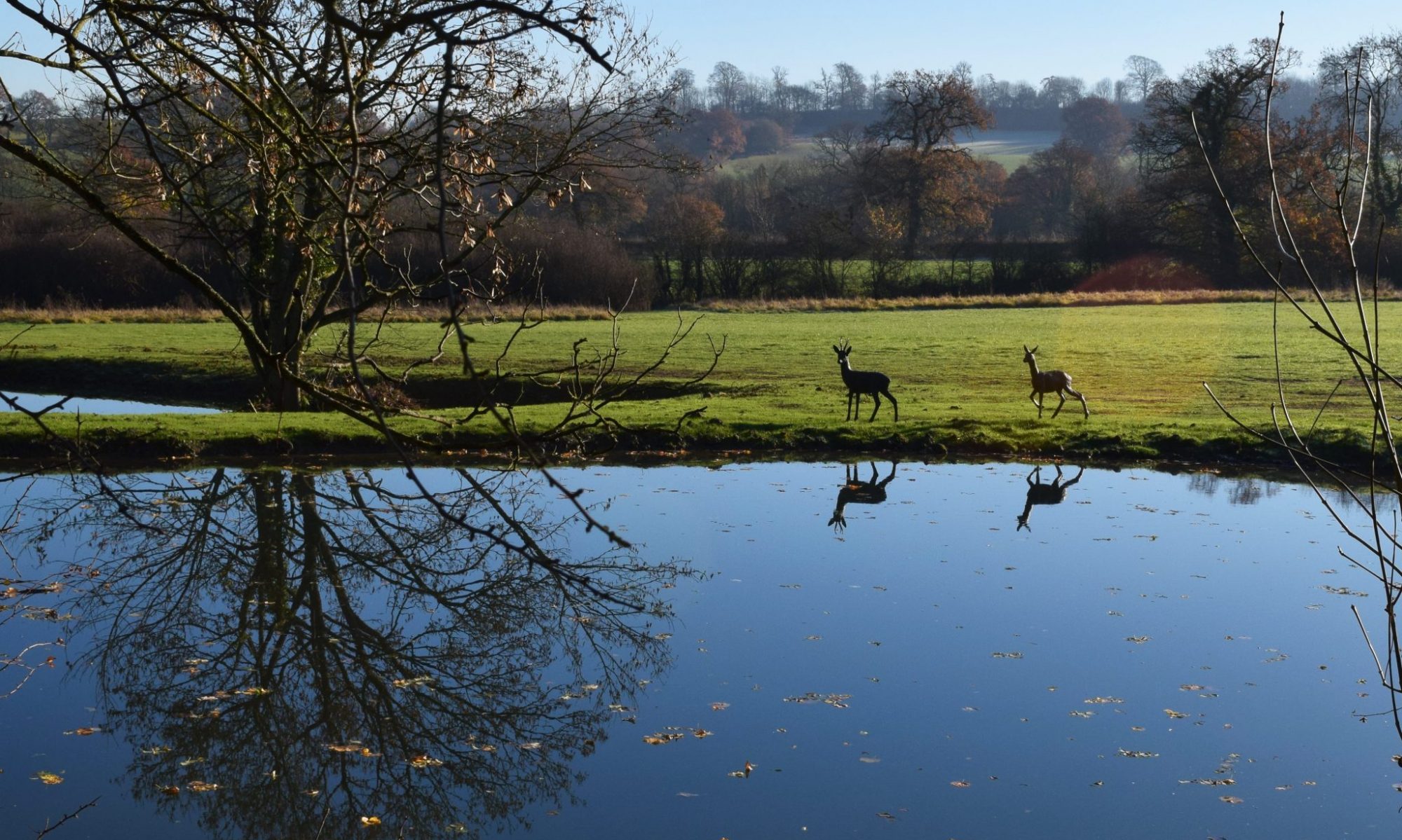Clay sculptures to be cast must be built up over a metal armature which can support the weight of the clay and later the mould when this stage is reached. Wet clay in any quantity can be extremely heavy, and so the armature must be strong enough to hold up considerable weight but without compromising the form.
Sometimes the armature can be entirely internal, but often an external support is needed because of the weights involved. The shape of the armature, and the point where the metal rod or rods if needed will emerge from the piece need to be carefully planned, so that the final form and surface detail will not be adversely affected.
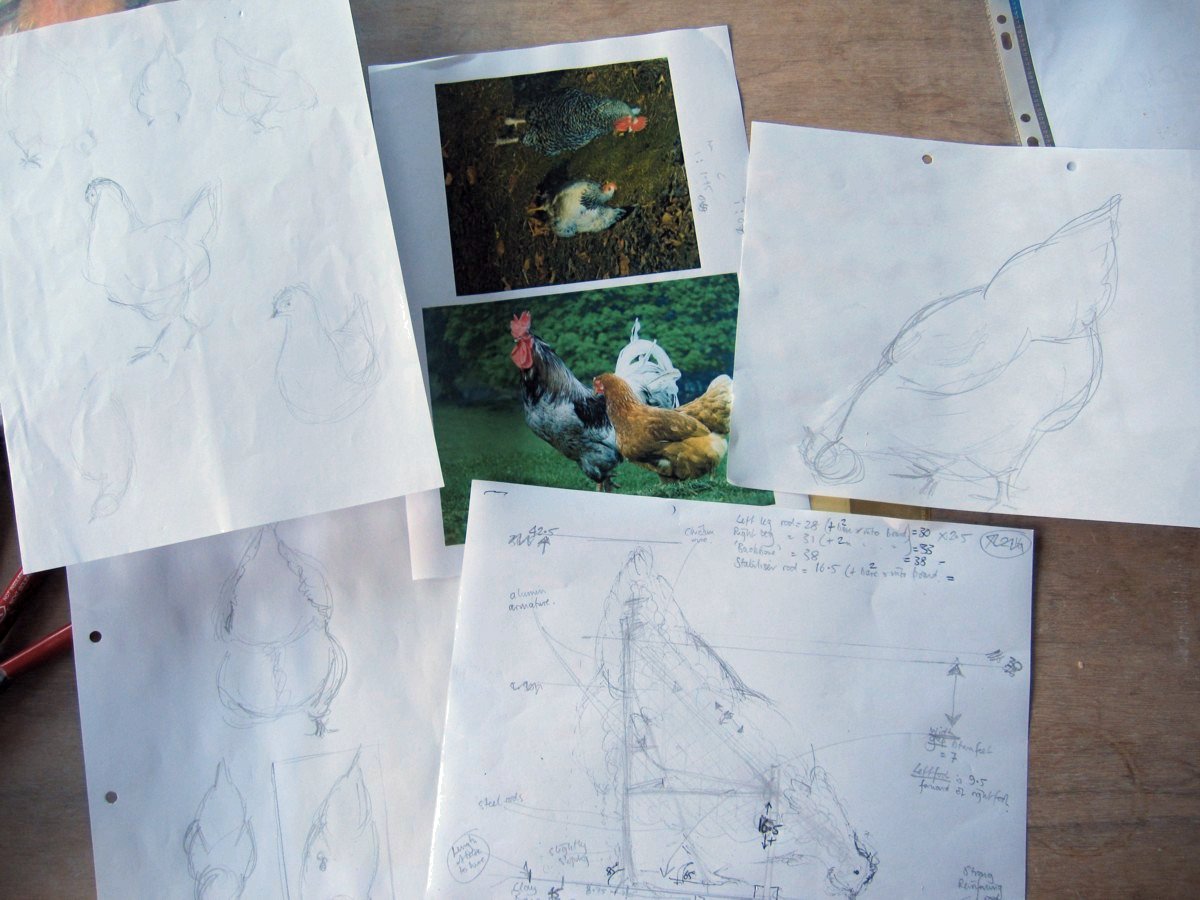
Research & planning
Using my sketches and photographs taken from much time spent observing hens, I have chosen the pose I want to use, and the exact size of the sculpture. The armature then has to be planned in detail.
As the first step between observing and sketching the subject and starting the full-size piece, I find it helpful to make a maquette, or small model, which is in effect a sketch in 3D. As well as being helpful for planning the armature, this is a key stage in capturing the best way to express the essential nature and character of the subject as a sculpture.
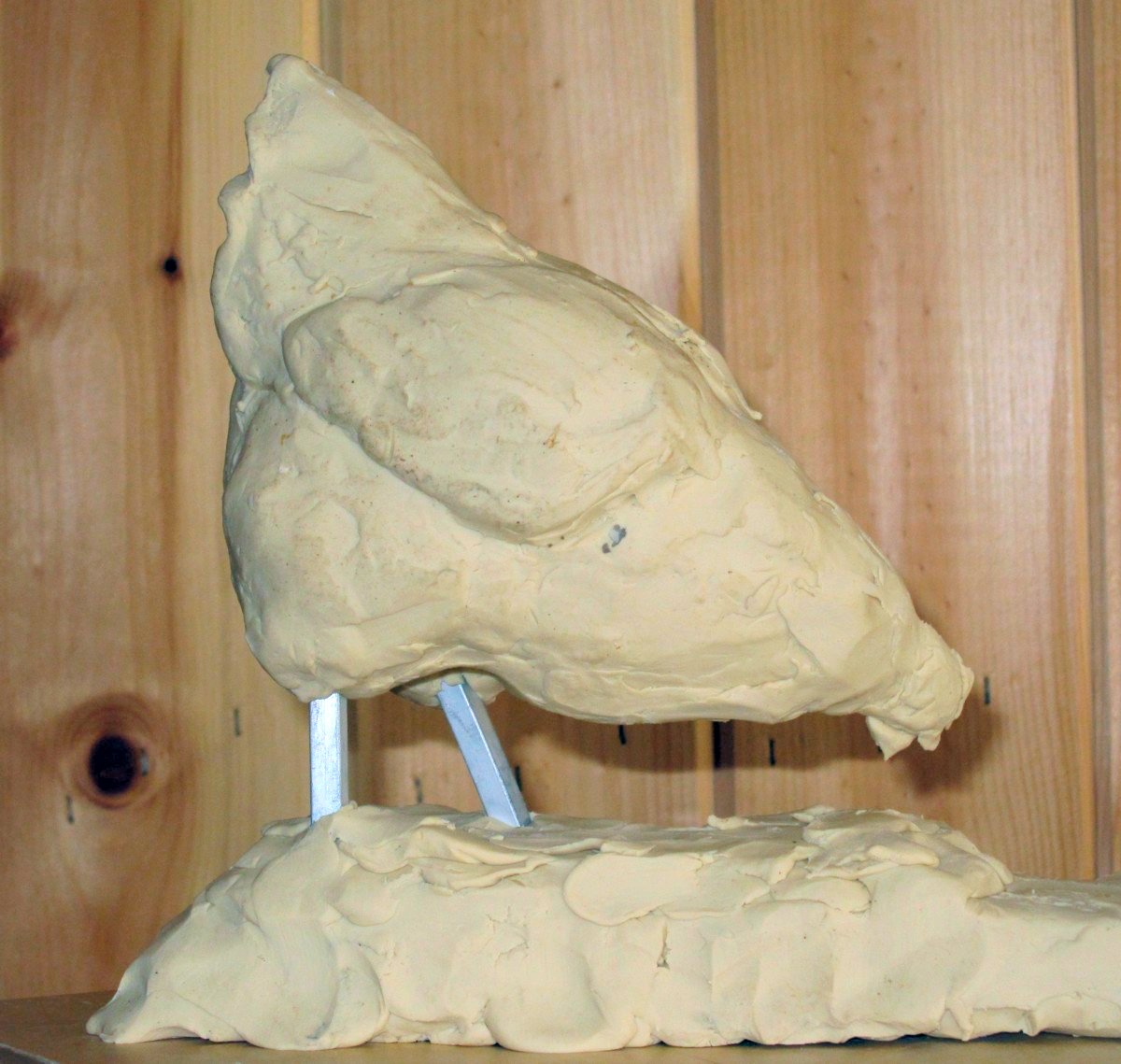
Support structure
The armature must be built and securely fixed to a base board. In order to minimise the weight of the piece, it is possible to pack out the centre with polystyrene or something similarly light, inside chicken wire which creates an inner shape to the piece, and gives a key onto which clay can be applied.
The supporting armature under the neck of the hen will leave a small mark on the cast, which will be filled with bronze or resin as appropriate.
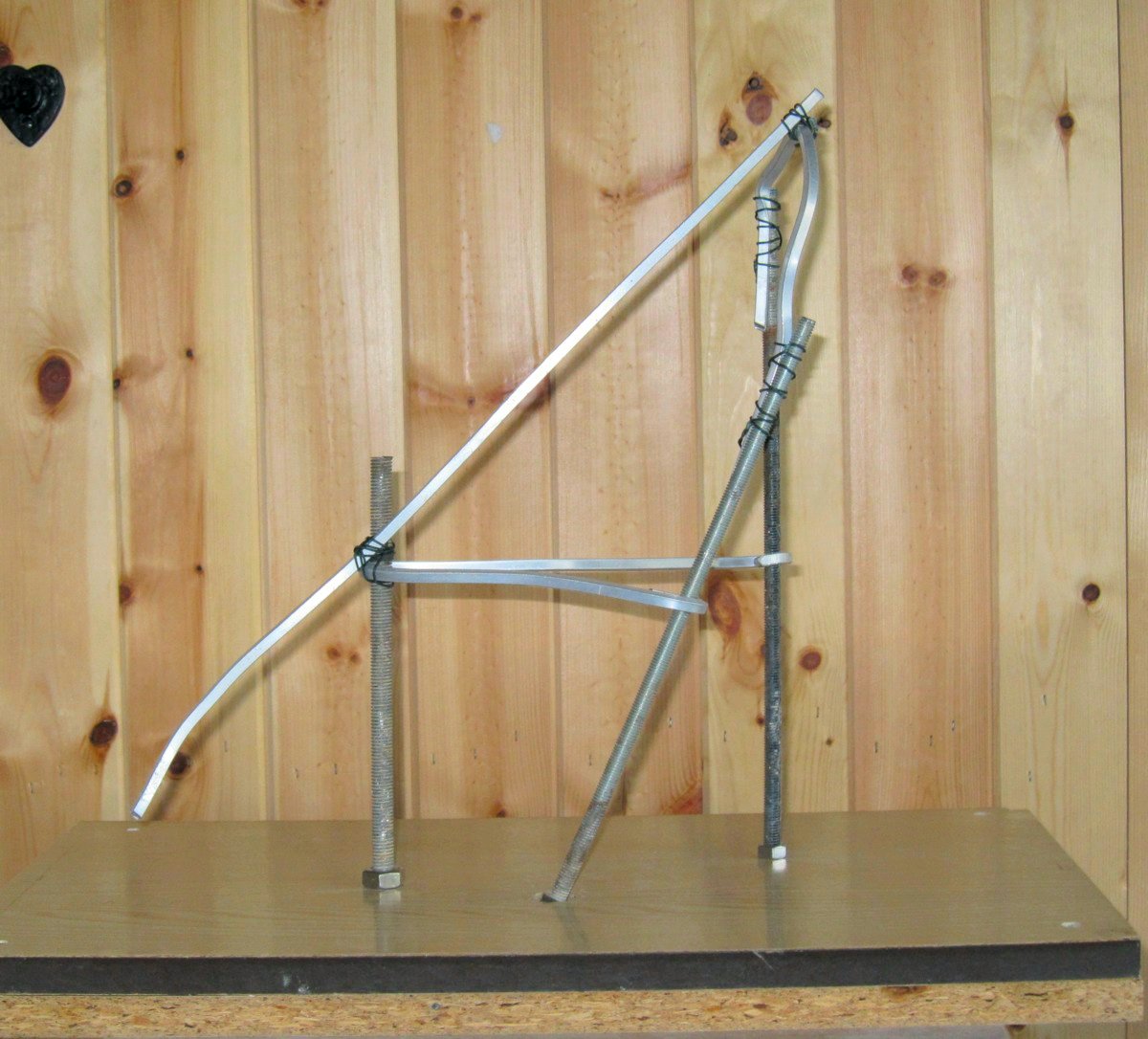
Building with clay
When building a sculpture to be cast, once the work of building the armature has been done correctly, the focus is all about form and feeling, and the clay can be applied in whatever way best captures the essence of the subject.
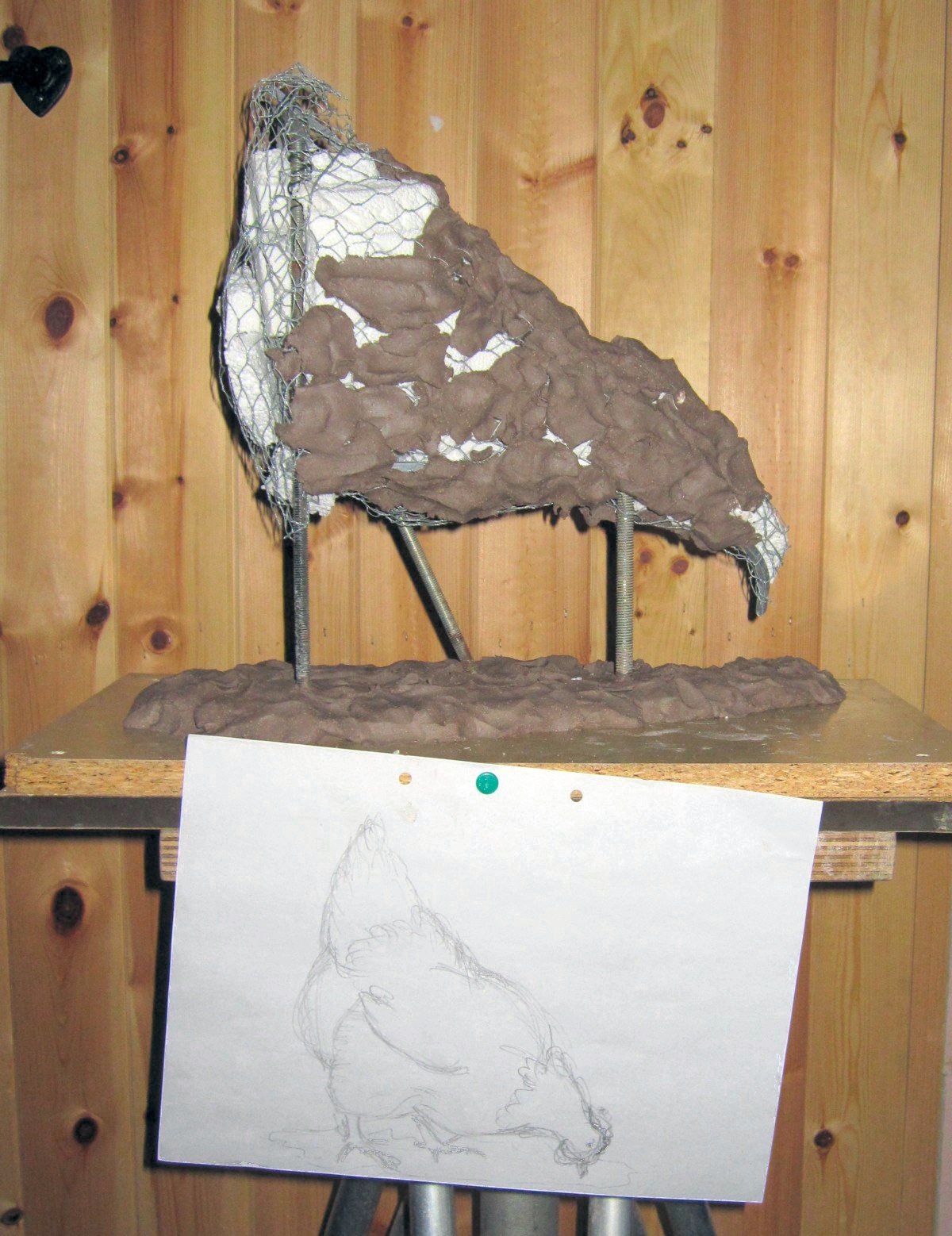
Whilst working on a sculpture in clay, the piece will be kept damp between sessions, so that the freshness of the clay and each mark right down to a thumb print will be kept and then reproduced in the cast.
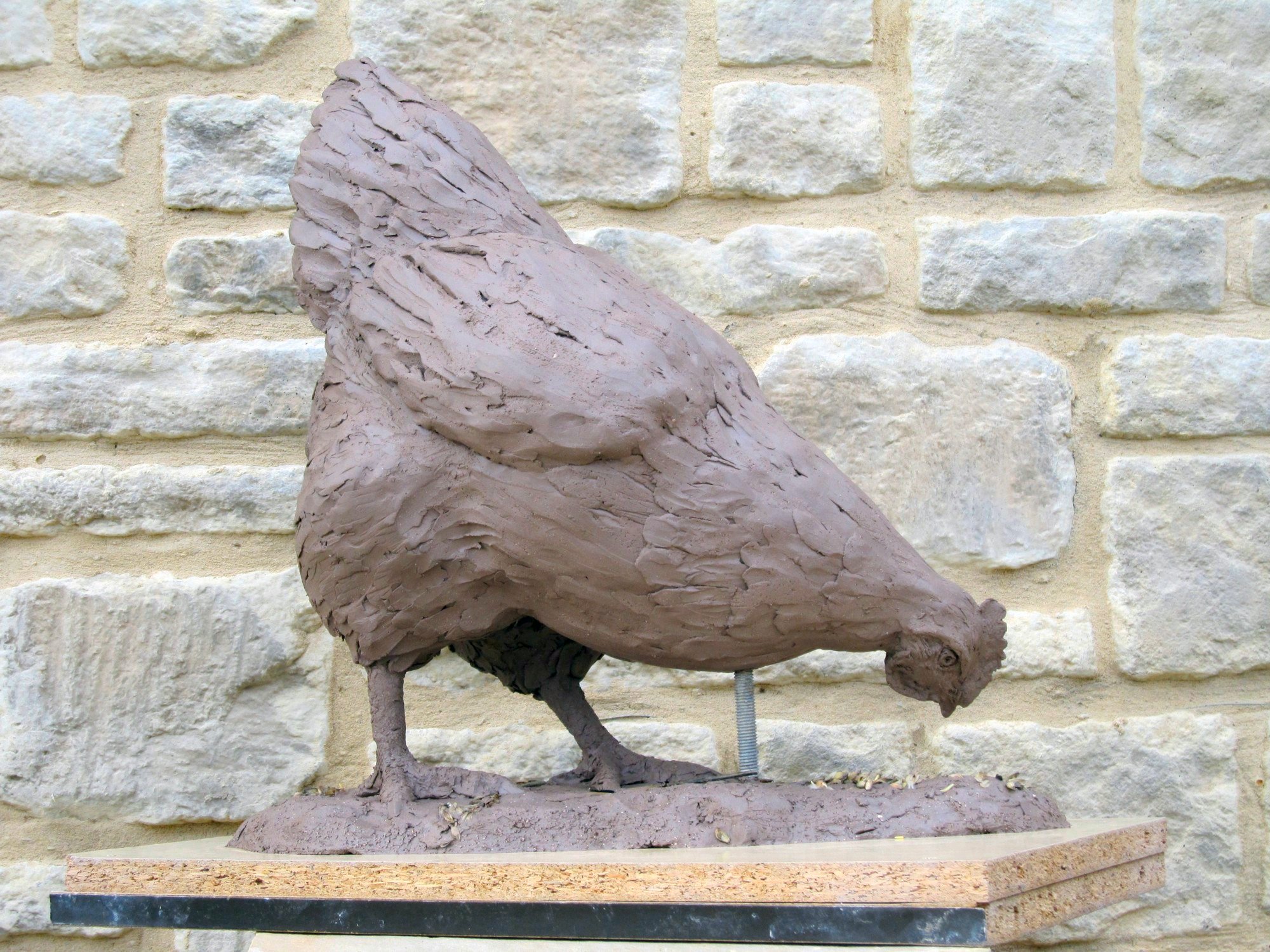
Casting
Once the piece is built, the next step is casting.
Methods include:
